Hevea brasiliensis Müll.Arg.
| Etymology | Genus | From its indigenous Brazilian name Heve |
|---|---|---|
| Species | From Brazil | |
| Family | Euphorbiaceae | |
| Synonyms | - | |
| Common Names | Rubber Tree, Pará Rubber Tree | |
| Status | Exotic: Naturalised | |
| Form | Tree | |
| Native Distribution | Brazil | |
Diagnostics:
Hevea brasiliensis is a common tree in our secondary forests, which has naturalised since the days of the old rubber plantations. It can be easily identified by its compound leaf of three leaflets. The young leaves droop heavily. It is semi-deciduous, where it may partly or completing shed its leaves after a dry spell. Copious white sap is produced on all parts of the plant.
Interesting Facts:
Wood from rubber plantations is used as a source of timber for furniture. An example is MUJI, a Japanese retailer which uses the wood from plantation trees that no longer produce sap in Dong Nai, Vietnam (MUJI, n.d.). The wood quality is not known to be high, but it helps to support a sustainable timber industry.
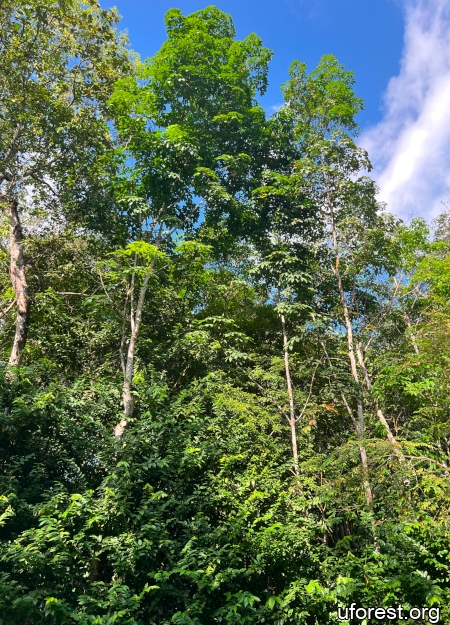
Trees (centre) along Old Upper Thomson Road (2025).
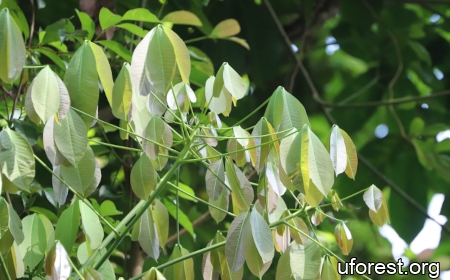
Young leaves are droopling.
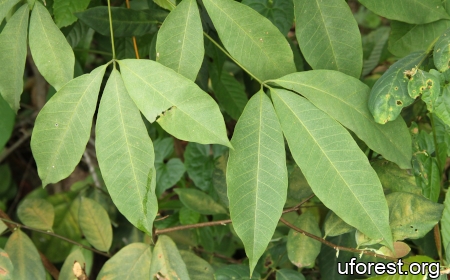
Compounded leaf with three leaflets.

Leaves are sometimes deciduous.
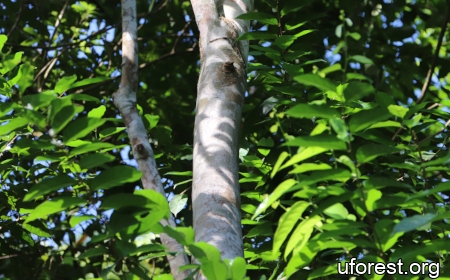
Trunk.

Flowers.
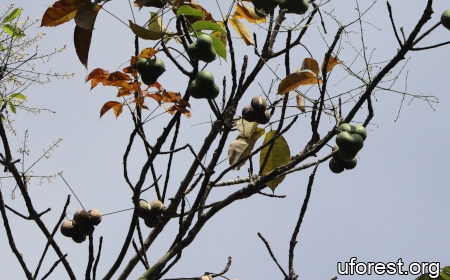
Three-lobed Fruits.
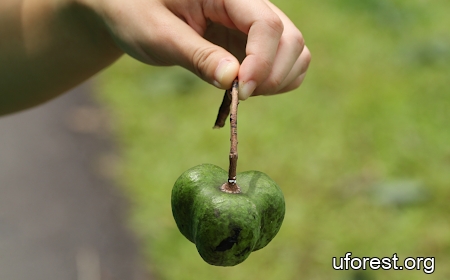
Fruit, closeup.
References
MUJI (n.d.). Rubberwood Furniture. Accessed on 27-Aug-2025.
Author: Siyang
Posted: 2025-08-17 / Modified: 2025-08-27